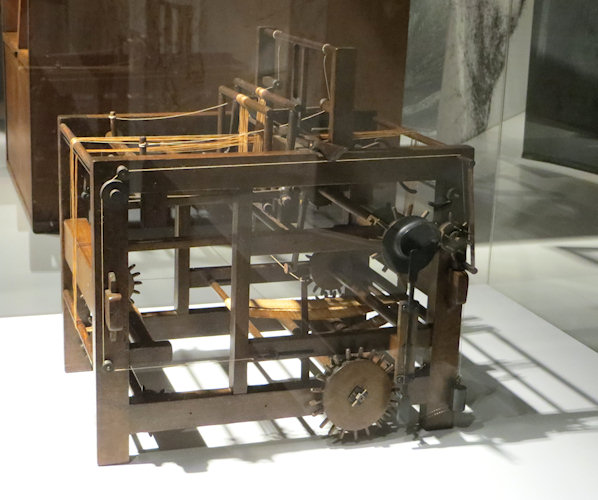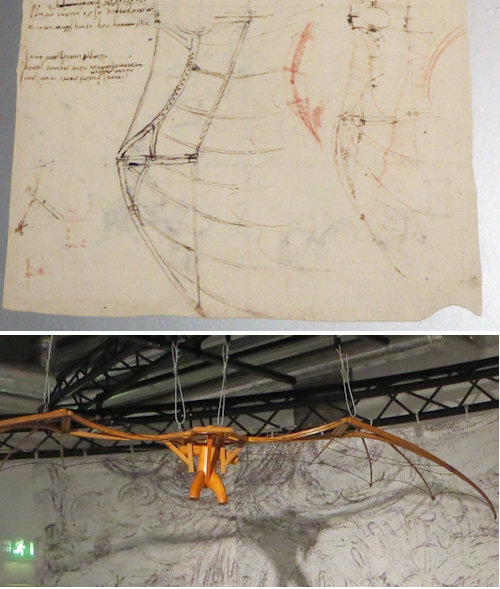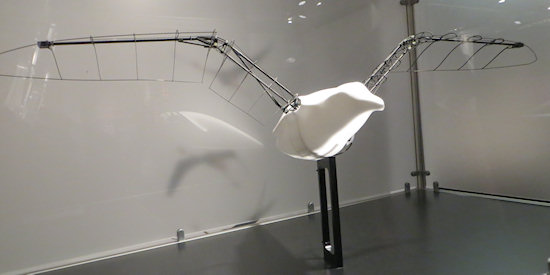
Like so many things, it all started with Leonardo da Vinci. Then it took a few hundred years for the rest of the world to catch up.
I’ve just spent a wonderful day wandering around the museums in South Kensington – something I highly recommend. There’s far too much to see in one day and it’s all great. But every time I go, something attaches itself to my mind and won’t let go.
This time, it was in the wonderful exhibition of Leonardo Da Vinci machines at the science museum. And a smart bird.
I’ve seen models like these before at similar exhibitions, but they never cease to fascinate me. These particular ones are museum pieces in themselves, having been made in the 1950s.
Leonardo was the greatest mind of his – or any other generation. The machines he envisioned were both improvements on of existing devices, and huge leaps forward in technology. Some were put into practice immediately. These were most often related to war, which just goes to show that some things never change.
Some of his other ideas were never realised in his lifetime, but came to be decades or centuries later.
Which brings me to the smart bird.

Leonardo’s vision of man flying like the birds is well known.
A keen observer of the natural world, he had visions of man flying in much the same way as birds – with wings that flapped. His flying machines are at the heart of any Leonardo exhibition.
He dreamed of this kind of mechanical flight in the late 1400’s – and he was wrong.
When the Wright brothers finally took to the air in 1903, it was with fixed wings.
It wasn’t until recently the rest of the world began to catch up with Leonardo’s vision.
In 2006, a flying machine took off using only the power of its flapping wings… and in 2010 a man flew 150 meters by flapping mechanical wings – but only after being first towed into the air.
Then came the smart bird.
Built by German researchers, the smart bird was the first mechanical device to take off, fly and land unassisted, all by the flapping of its wings. A real bionic bird, it also turns and glides with the movement of its head directing it’s flight.
There’s video of the bird in the air here.
Like Leonardo, the designers took their inspiration from observing the natural world. In this case, it was that most common of birds – the herring gull.
Back to the museum, where this bird is on display next to Da Vinci’s plans for a flying machine and the models that were made in the 1850s.

We got there in the end, but I have to wonder… If Leonardo had lived in this world, with its technological marvels beyond even his imaging, what giant leaps forward might he have made? And how long might it then take the world to catch up with Leonardo’s dream.
